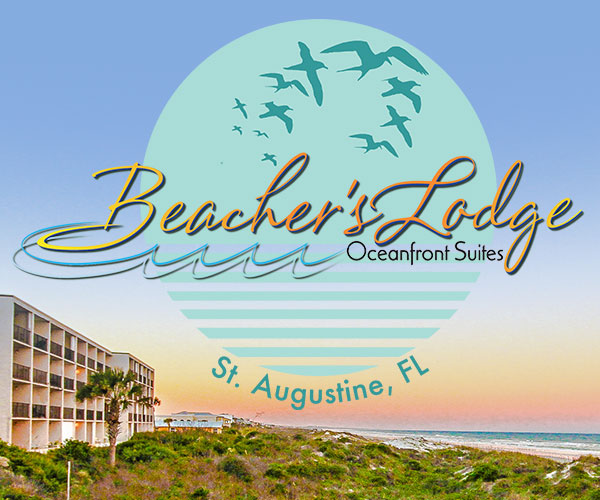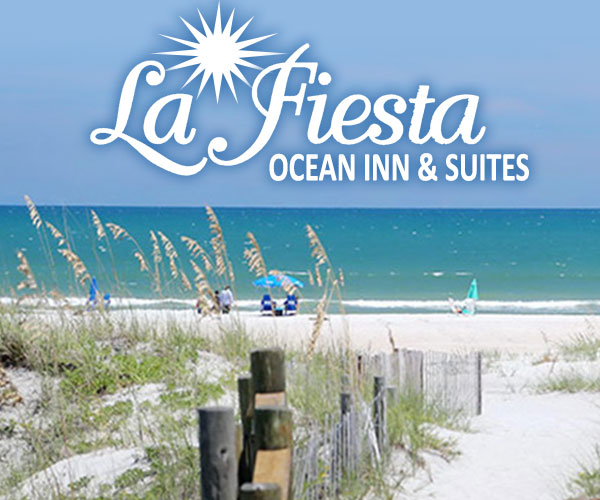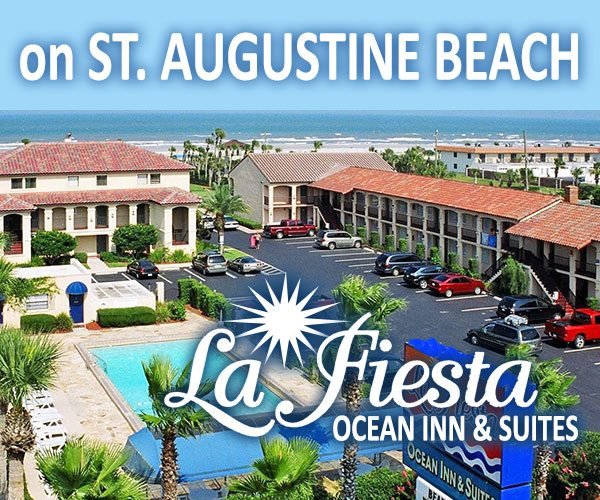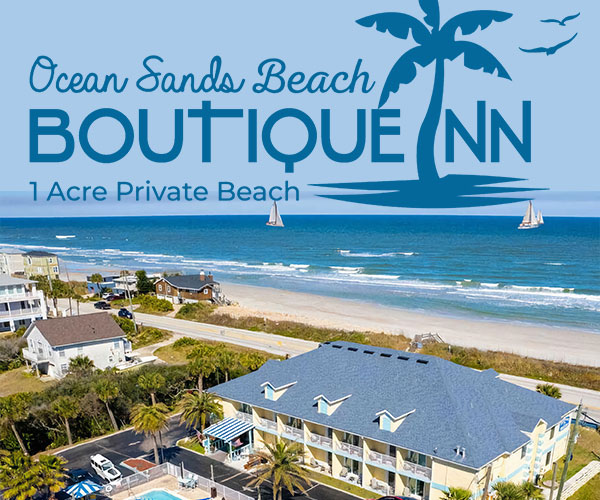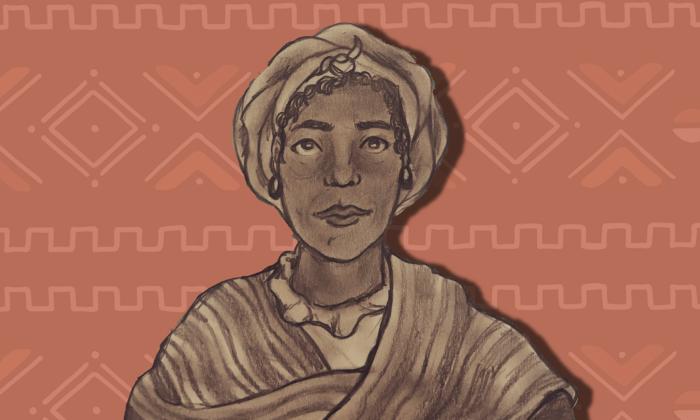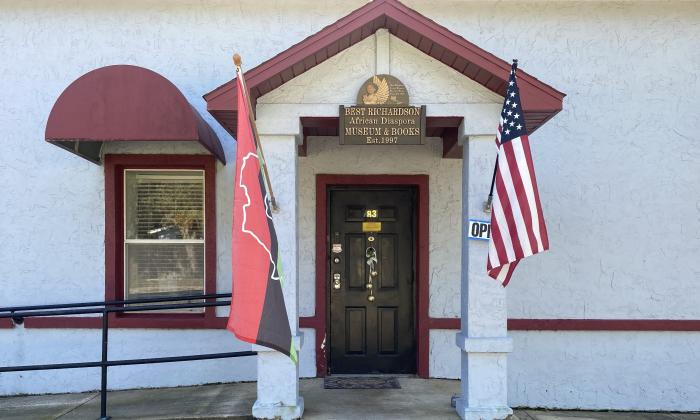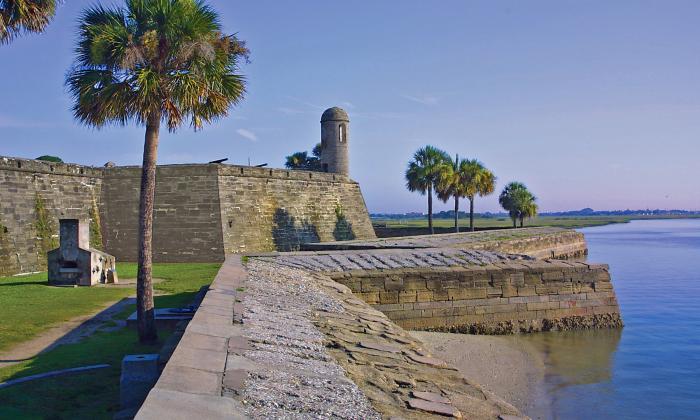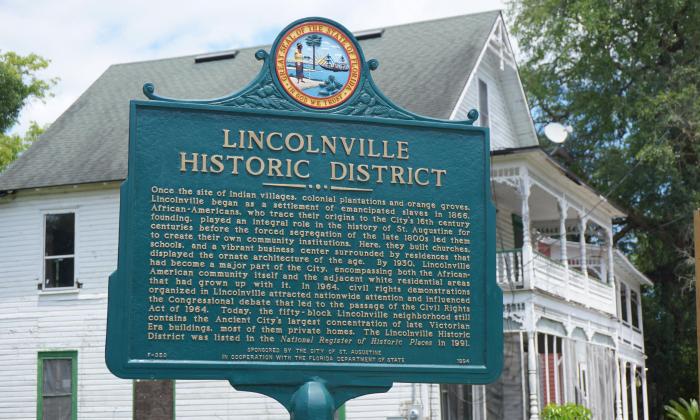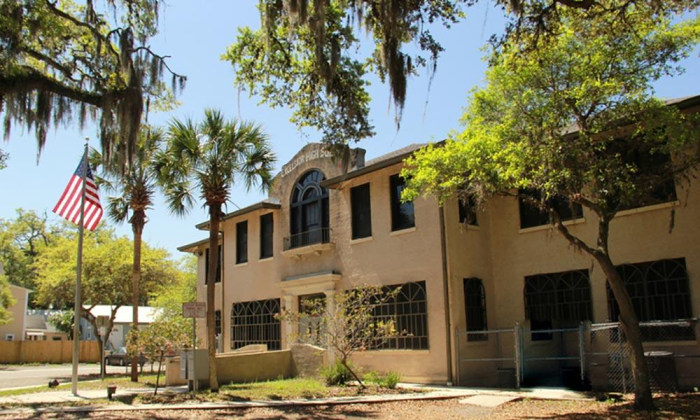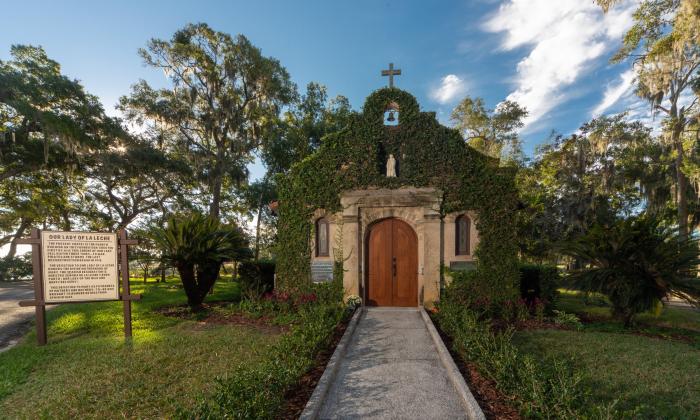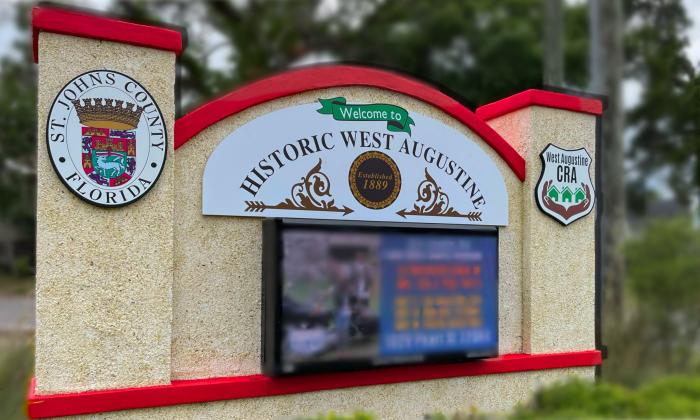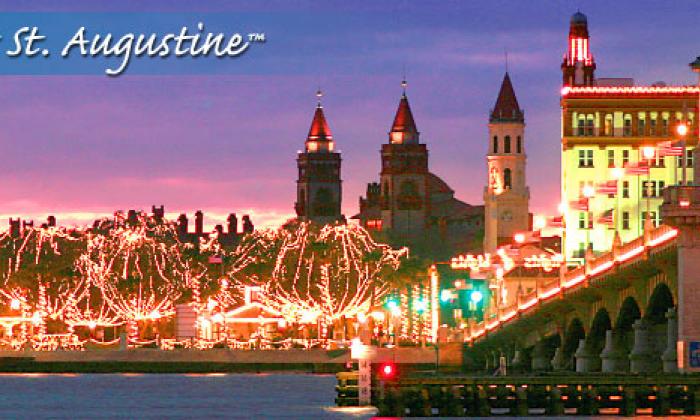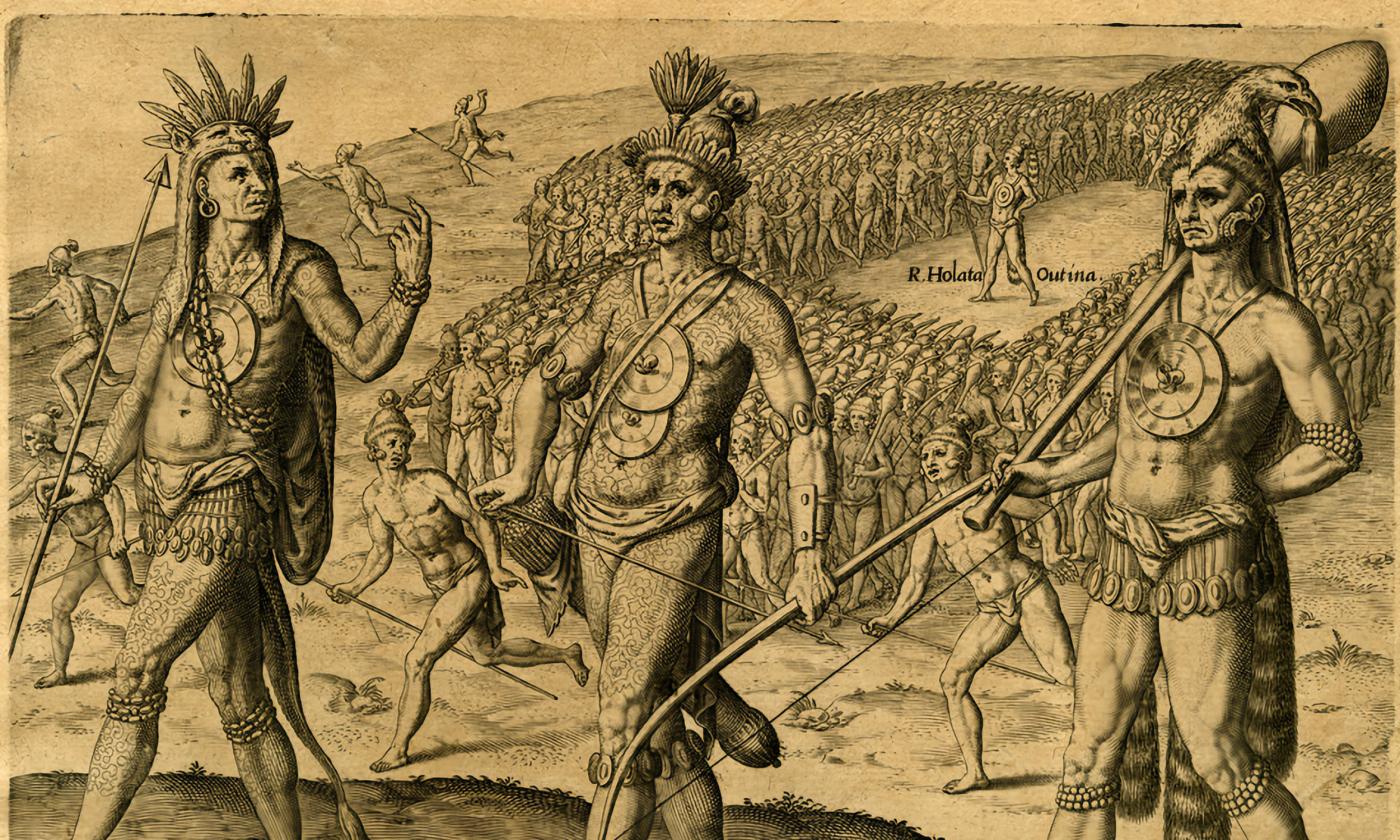
Pre-Colonial Period (pre-1565)
Before European colonists arrived.
Author John H. Hann identifies about 10 provinces among the eastern Timucua. The various Timucua tribal groups were separated by region, with Mocama being a group that lived on the coast near St. Augustine, and Utina being a group that lived inland, near the banks of the St. Johns River.
Most of what is known about the practices and culture of the Timucua peoples was recorded in the 1500s and 1600s as European colonists forged relationships (tenuous or peaceful, depending) with Indigenous groups.
Resources
Online Resources
“Theodor de Bry’s Engravings of the Timucua,” digital exhibit on Florida Memory.
St. Augustine: America’s Ancient City Exhibit Timeline, from the Florida Museum
Learning Resources from Resilience: Black Heritage in St. Augustine
Florida History Online, database from the University of North Florida
Further Reading
Hann, John H. 1996. A History of the Timucua Indians and Missions. University Press of Florida.
Worth, John E. 2020. The Timucuan Chiefdoms of Spanish Florida series. University Press of Florida.
The works of Jerald T. Milanich, et al, especially:
- The Timucua, 1996
- Florida Indians and the Invasion from Europe, 1995
- Archaeology of Precolumbian Florida, 1994
Black History of Florida: A Reading List, from The Florida Bookshelf

